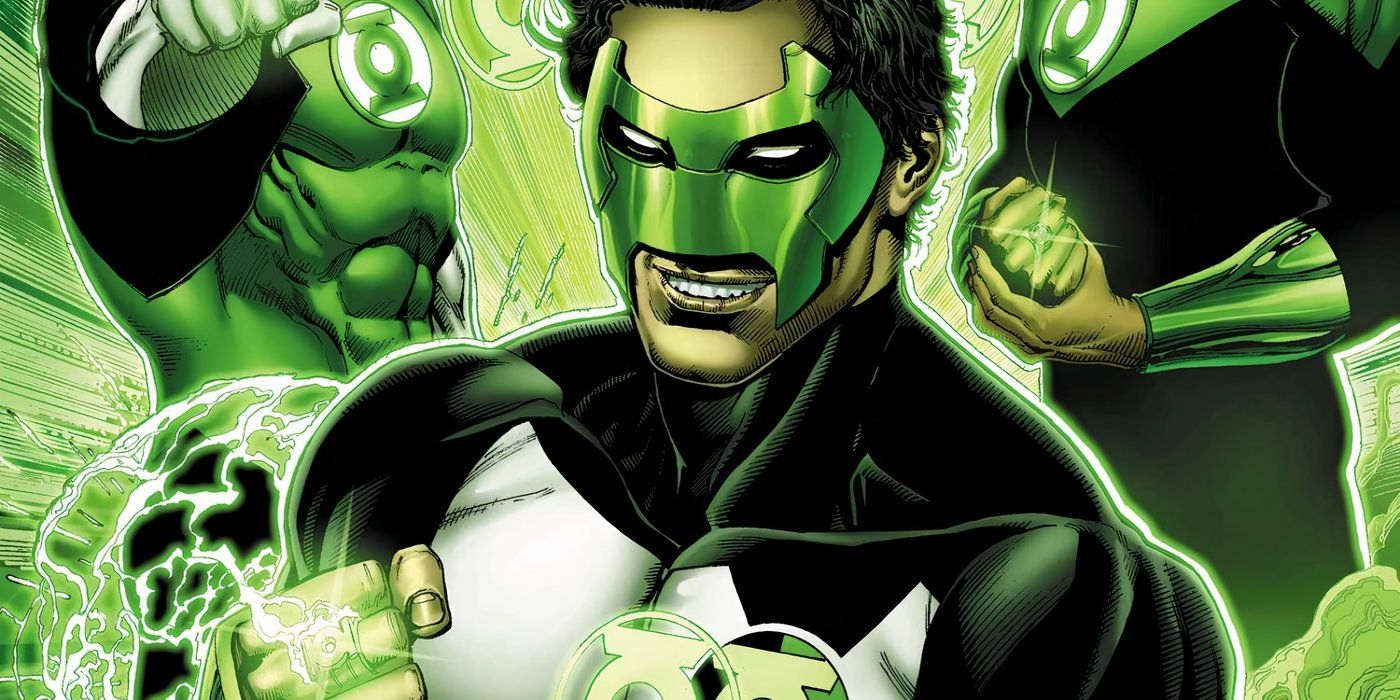Life isn’t too short — it’s long, as Robert Zemeckis’ brisk, inventive, and earnest latest experiment, “Here,” ponders in an hour and 40 minutes that span multiple centuries and lifetimes unfolding on the same spot on Earth. The Oscar-winning, ever-envelope-pushing filmmaker opens on prehistoric times as dinosaurs stalk the Earth, charts the arrival of Indigenous people in that very spot, gives us the birth of Benjamin Franklin, his kid, and his kid’s kid, and then takes us through the life and times of a midcentury American family led by a de-aged Tom Hanks and Robin Wright. It’s a “Forrest Gump” reunion for Zemeckis in more ways than one, as his Forrest and Jenny, here Richard and Margaret Young, are joined by that film’s Oscar-winning scribe, Eric Roth, in adapting Richard McGuire’s celebrated graphic novel.
For all the good and bad of what I am about to say, call this Zemeckis’ “Tree of Life” — and often with the same treacly sap — or even his “Amour” — though with a more glass-half-full take on death and regret — in X-raying a couple across decades and against the backdrop of history erupting and the undoing and redoing of the Earth from the Ice Age to Black Lives Matter. That Zemeckis and cinematographer Don Burgess manage to pack multiple lifetimes of experience into a single space, a fixed camera upon it, and mostly pull it off is quite a feat for a director for whom many fans de-trained after “The Polar Express” ushered in his 21st-century era of dwelling in the motion-capture uncanny valley of digital facelifting technology.
In “Here,” we meet Richard (Hanks) and Margaret (Wright) as horny, American-as-apple-pie teenagers, an approximation of the actors’ youth restored via Metaphysic technology. The Hollywood A.I. company feeds thousands of archival images of the actors’ faces into an engine to create a sort of “digital makeup” that’s then superimposed on them not only in post, but during the actual filming (more on that later). “Here” occasionally comes up against the same problems Martin Scorsese’s “The Irishman” did in the technical bugs of de-aging: 68-year-old Hanks’ physical carriage and posture often do not match the “Big”-era sprightly young face plastered on him. The actor, by no fault of his own, is less limber than the teen he’s playing. With an angelic sort of digital airbrush, Wright fares better, though we’re never not aware that these are actors three times the age of the characters they’re playing. They haven’t mastered just yet how to de-age those well-known voices.
The feeling lingers until the film’s plangent coda drops us into a post-COVID near-future, with the actors playing older than their current years, and with minimal alteration. Zemeckis’ use of this pioneering technology — one in an overall advent that remains controversial for actors — allows for more movement and emotion than prosthetics could. A little face powder and Vaseline on the lens this is not, and “Here,” working with a complex network of A.I. and visual effects supervisors, is ethically watertight in that these are the actual actors, not likenesses or scanned versions of themselves, onscreen. (An earlier and now frighteningly prescient Robin Wright film, Ari Folman’s 2014 “The Congress,” starred her as an actress named Robin Wright who submits to such a scanning process and afterward finds her entire being erased.)
 ‘Here’©TriStar Pictures/Courtesy Everett Collection
‘Here’©TriStar Pictures/Courtesy Everett CollectionFor a film that takes place almost entirely in one living room, showing us all the people who’ve lived in and passed through four walls of a colonial-era home over many, many years, “Here” brings new and perhaps literal meaning to the concept of the “moving image.” All of “Here” plays out in a single confined frame that mimics the graphic novel source material — trying to put it in words takes the piss out of the whole thing, but appearing onscreen in picture-in-picture-like format (as when you watch one sports game in a corner of your TV as the other one plays out bigger behind it, please accept all apologies for the basic analogy) are panels that capture different stories overlapping across disparate times but in the same space.
In one white-edged panel, we might see the rather frisky Prohibition-era couple who bought the house in the 1920s, the Beekmans — the husband, played by David Fynn, is seemingly the inventor of the La-Z-Boy recliner, while the wife is a twirly free-spirit, played by Ophelia Lovibond and seemingly born in the wrong acre! Elsewhere onscreen, dart your eyes toward another frame with Richard and Margaret, or Richard’s parents (played by Paul Bettany and Kelly Reilly) in a moment of ecstasy or, more likely, one of their rows. Meanwhile, an Indigenous couple (Joel Oulette and Dannie McCallum) make a life of their own in that same spot centuries before. Or there’s a glowering Michelle Dockery in the 1910s begging her amateur-pilot husband not to get back into that death trap of a plane. All unfold in the same space — Zemeckis a vast conductor of it all, moving the pieces like a collage or jigsaw puzzle into place — leading to a controlled but never relaxed frame of view.
What “Here” evokes most effectively are either life’s cruelest disappointments or its languorous in-betweens. The notion that we all become our parents, who before us became their parents, and so the churn whirls, is literalized once Richard, a wannabe artist, hangs up his palette and paint to become an insurance salesman. A man in a suit and tie just like his father Al (Paul Bettany), whose dead-ended dreams turned him into a suited vacuum salesman and alcoholic and the sort of guy who, cigarette in mouth and glistening beverage in hand, asks, “What’s wrong with being a wife?” when Margaret, now forced to live with her in-laws after getting pregnant, yearns to be more than a homemaker. With another scene, I’ve never seen a movie bottle up so pungently the holiday feeling of being trapped in a carpeted room reeking of smoke and booze, indoors on a midday, with family members you can’t stand. Until one of them croaks, and the film jumps forth in time once again. “Here” never stops moving, even as it stays in one place.
Where “Here” stumbles are the Kodak moments that don’t translate well to cinema, overflowing earnestness set to Zemeckis regular Alan Silvestri’s saccharine swell of a score. But Zemeckis is a sharp technician of style, as when a leak in the living room roof in one timeline matches the breaking of a burstingly pregnant Margaret’s water in another, the birth of their daughter Vanessa (in the ’80s played by the filmmaker’s daughter Zsa Zsa Zemeckis) forced to happen in that very living room. Wright, meanwhile, is poignant in moments that reveal Margaret’s genuine, throwdown frustration over having to share a roof with her in-laws — mostly because Richard is afraid of making a change that would uproot them from his family home. It’s a frustrating contrivance to keep these people rooted (and in some ways rotting) in the same room, but Roth and Zemeckis make it ring true enough because of the couple’s economic circumstances. Even though at times you may wish they’d just leave and take us with them.
 ‘Here’©TriStar Pictures/Courtesy Everett Collection
‘Here’©TriStar Pictures/Courtesy Everett CollectionAnd speaking of the movie’s patchy political considerations, some timelines aren’t given as great a depth as the Youngs’, including the wonderful Nikki Amuka-Bird and Nicholas Pinnock as the Black couple who buy the Youngs’ house after Richard and Margaret drive themselves mad and out of it. In one scene, Devon (Pinnock) instructs his son (Cache Vanderpuye) how to behave toward a police officer if he’s pulled over — to avoid being arrested or worse. This zeitgeist-y flourish isn’t more than a flash in an idea pan. The ways in which Zemeckis and Roth also interject that Indigenous story into flashback turn “Here” briefly into a kind of cinematic land acknowledgment, literalized when a crew of archaeology academics show up to the Youngs’ place looking to dig up bones in their backyard. So spin the wheels of time, and the sensibilities of filmmakers who must adapt to them or else be accused of being out of touch.
Zemeckis is trying to sum up the entirety of centuries into a single frame and a short (at least relative to today’s standards) running time, so not all detours will hit the mark. If God exists, and if that God were to have a closed circuit camera system, “Here” might be one of the channels that such a God stumbles upon, millions of years of footage logged atop one plot of land. The “Death Becomes Her” and “Who Framed Roger Rabbit” director has always been at the horizon of film technology, and here he uses A.I. in ways that don’t feel completely existentially threatening to his actors. (On set were two monitors, one showing the raw footage as is, and the other displaying the actors with their digital makeup on, a kind of haunted video village of past and present.)
If you’ve ever passed through or lived in a house and wondered who was there before you — whether Paul Bettany as a cranky boozer, Kelly Reilly as a stroke victim in a wheelchair, or Tom Hanks and Robin Wright as lovers who can’t seem to make it work but sure tried — “Here” will resonate. But if you have no curiosity, then there’s nothing, not a thing, ultimately here for you.
Grade: B
“Here” premiered at AFI Fest 2024. Sony Pictures Releasing opens the film on November 1.
Want to stay up to date on IndieWire’s film reviews and critical thoughts? Subscribe here to our newly launched newsletter, In Review by David Ehrlich, in which our Chief Film Critic and Head Reviews Editor rounds up the best reviews, streaming picks, and offers some new musings, all only available to subscribers.

 4 days ago
3
4 days ago
3





:quality(85):upscale()/2024/10/29/625/n/1922564/ec222ac66720ea653c5af3.84880814_.jpg)
:quality(85):upscale()/2024/10/25/846/n/49351082/bfc0fdb3671bef086c3703.42134063_.jpg)
:quality(85):upscale()/2021/07/06/971/n/1922153/7d765d9b60e4d6de38e888.19462749_.png)
:quality(85):upscale()/2024/10/29/957/n/1922441/c62aba6367215ab0493352.74567072_.jpg)

 English (US) ·
English (US) ·